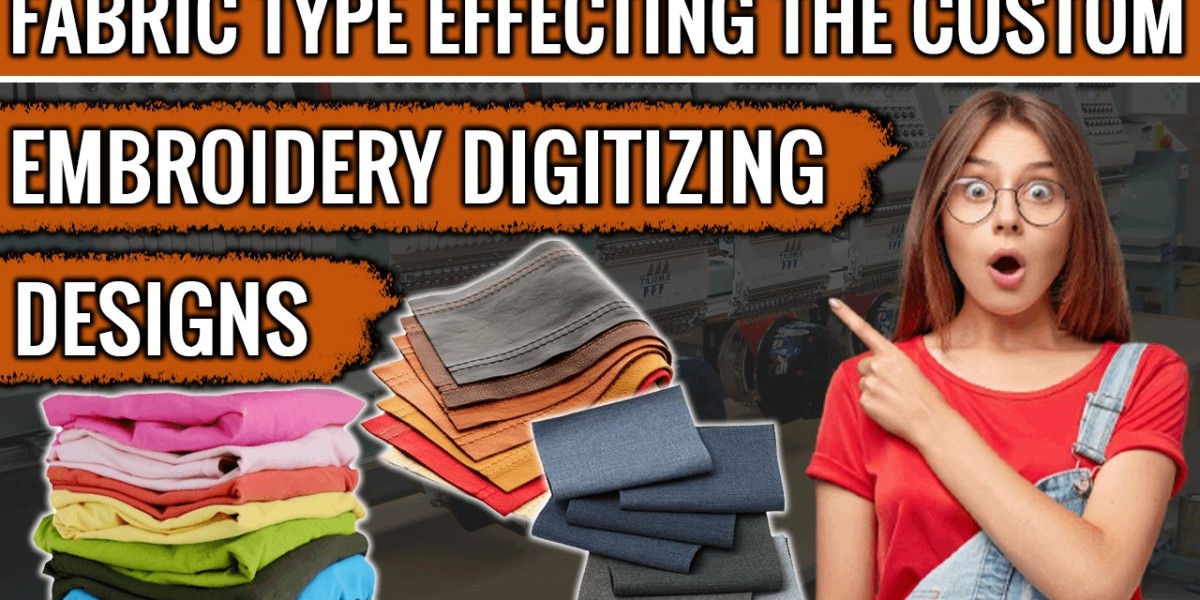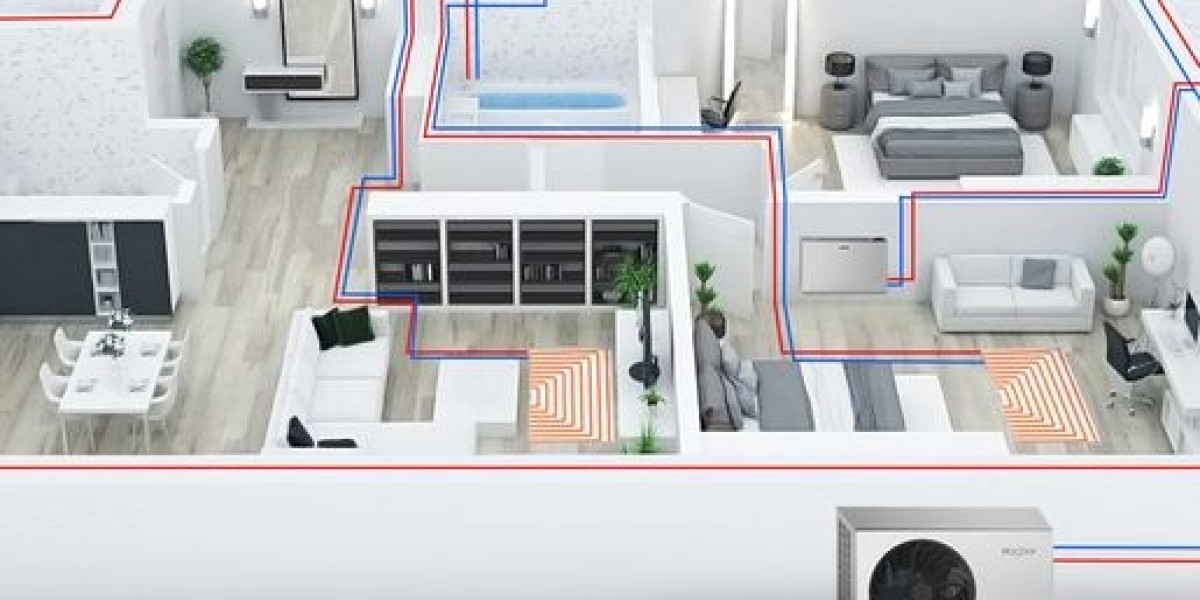Embroidery digitizing is a fascinating blend of art and technology, where digital designs are transformed into intricate stitched patterns on various types of fabric. However, the choice of fabric plays a significant role in the outcome of custom embroidery digitizing designs. Different fabric types have unique characteristics that can impact the appearance, texture, and overall quality of embroidered designs. In this comprehensive guide, we'll explore how fabric types affect custom embroidery digitizing designs, examining the key factors to consider when selecting the right fabric for your embroidery projects.
Understanding Fabric Characteristics
Before delving into the impact of fabric types on custom embroidery digitizing designs, it's essential to understand the characteristics of different fabrics. Fabric characteristics such as texture, weight, weave, and stretchability can significantly influence how embroidered designs appear on the fabric surface.
Texture: The texture of the fabric refers to its surface feel, which can range from smooth and flat to rough and textured. Fabrics with a smooth texture, such as satin or silk, may result in crisp and detailed digitizing embroidery designs, while textured fabrics like canvas or denim can add dimension and depth to embroidered motifs.
Weight: Fabric weight refers to the density or thickness of the fabric, which can affect the visibility and density of embroidery stitches. Lightweight fabrics like chiffon or organza may require delicate, lightweight designs to prevent puckering or distortion, while heavyweight fabrics like denim or upholstery fabric can accommodate denser, more intricate embroidery designs.
Weave: The weave of the fabric refers to the pattern of interlacing threads used to construct the fabric. Common fabric weaves include plain weave, twill weave, and satin weave, each with its own unique properties that can impact embroidery digitizing designs. Fabrics with a tight, even weave, such as poplin or broadcloth, provide a smooth and stable surface for embroidery, while loosely woven fabrics like gauze or lace may require stabilizers to prevent distortion.
Stretchability: Some fabrics, such as knit or stretch fabrics, have inherent stretchability due to the way they are constructed. Stretchy fabrics can pose challenges for embroidery digitizing designs, as the fabric may stretch or distort during stitching, resulting in misalignment or puckering. It's essential to choose appropriate stabilizers and embroidery techniques to ensure accurate and precise stitching on stretchy fabrics.
Impact of Fabric Types on Embroidery Digitizing Designs
Now that we've covered the characteristics of different fabric types let's explore how these characteristics impact custom embroidery digitizing designs:
1. Texture:
Smooth Fabrics: Smooth fabrics like satin or silk provide an ideal surface for detailed embroidery designs, allowing for crisp lines and intricate details to stand out.
Textured Fabrics: Textured fabrics such as canvas or tweed can add depth and dimension to embroidered motifs, creating visually interesting and tactile designs.
2. Weight:
Lightweight Fabrics: Lightweight fabrics like chiffon or organza require delicate, lightweight embroidery designs to prevent distortion or puckering.
Heavyweight Fabrics: Heavyweight fabrics like denim or upholstery fabric can accommodate denser, more intricate embroidery designs without puckering or distortion.
3. Weave:
Tight Weave: Fabrics with a tight, even weave provide a smooth and stable surface for embroidery, allowing for precise stitching and vibrant colors.
Loose Weave: Fabrics with a loose weave may require stabilizers to prevent distortion during stitching, particularly for intricate or dense embroidery designs.
4. Stretchability:
Non-Stretch Fabrics: Non-stretch fabrics like cotton or linen provide a stable base for embroidery, allowing for accurate and precise stitching without the risk of distortion.
Stretch Fabrics: Stretchy fabrics like knit or spandex require special attention to stabilizing techniques to prevent distortion or misalignment during stitching.
Choosing the Right Fabric for Your Embroidery Projects
When selecting fabric for custom embroidery digitizing designs, it's essential to consider the following factors:
Project Requirements: Consider the intended use of the embroidered item and choose a fabric that suits its purpose, whether it's a delicate garment, durable upholstery, or decorative accessory.
Design Complexity: Choose a fabric that complements the complexity of your embroidery design, ensuring that the fabric's texture, weight, and weave enhance rather than detract from the design.
Stitching Techniques: Select appropriate stabilizers and embroidery techniques to accommodate the fabric's characteristics and ensure accurate and precise stitching.
Personal Preference: Ultimately, the choice of fabric comes down to personal preference and the desired aesthetic for your embroidery project. Experiment with different fabric types to discover what works best for your designs and creative vision.
Conclusion: Elevating Your Embroidery Designs with the Right Fabric
In conclusion, fabric type plays a crucial role in the success and outcome of custom embroidery digitizing designs. By understanding the characteristics of different fabric types and how they impact embroidery digitizing designs, you can make informed decisions and choose the right fabric for your embroidery projects. Whether you prefer smooth satin, textured canvas, lightweight chiffon, or heavyweight denim, there's a fabric out there to suit your unique embroidery needs and creative vision.
Zdigitizing
We trust this article might really work out for you. To digitize embroiery plan you would require an expert like ZDigitizing, as digitizing is a mind boggling process.
Zdigitizing is a digitizing embroidery service organization that gives embroidery digitizing service and Vector Art Services all around the world to organizations, ventures, and enterprises. zdigitizing gives fashionable, strong, and sensible custom digitizing and vector craftsmanship administrations. We have been conveying first class digitizing embroidery administrations for 20+ years.
Good News: If you are looking service for convert image to embroidery file, Then ZDigitizing is best choice for you. Zdigitizing is a professional company that provides complete digitizing and vector art services worldwide.







